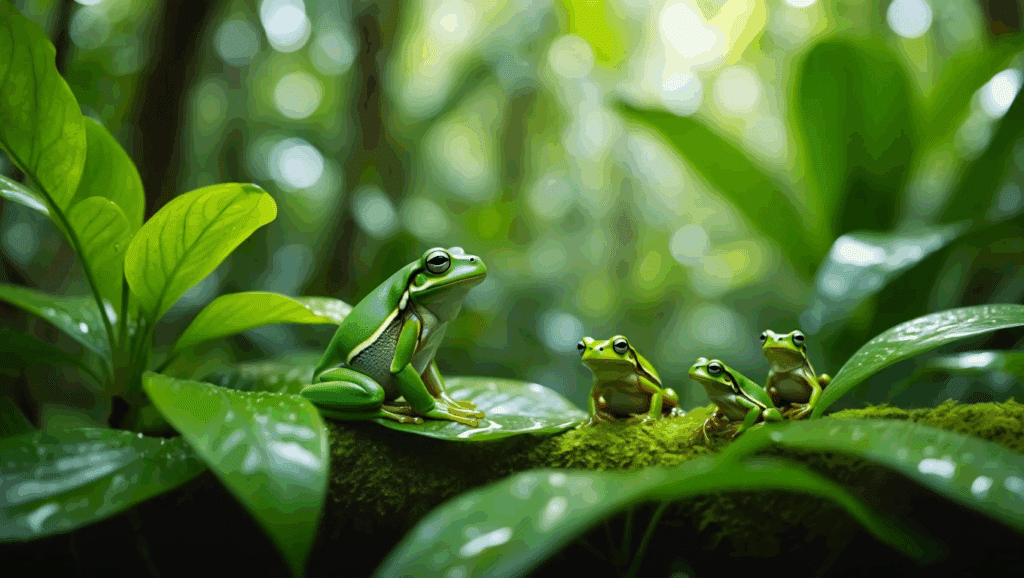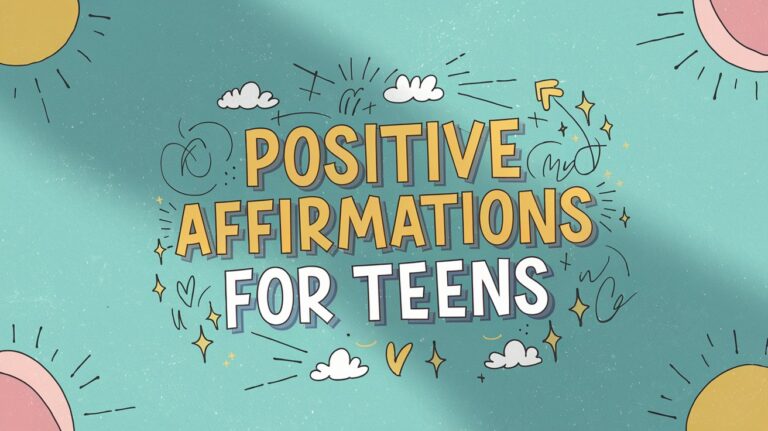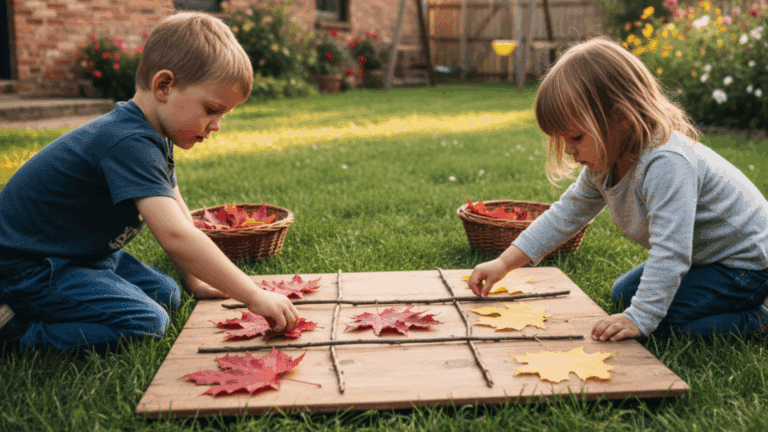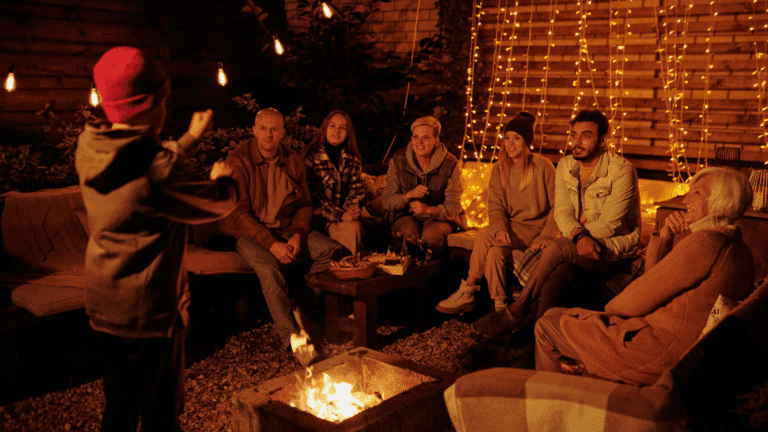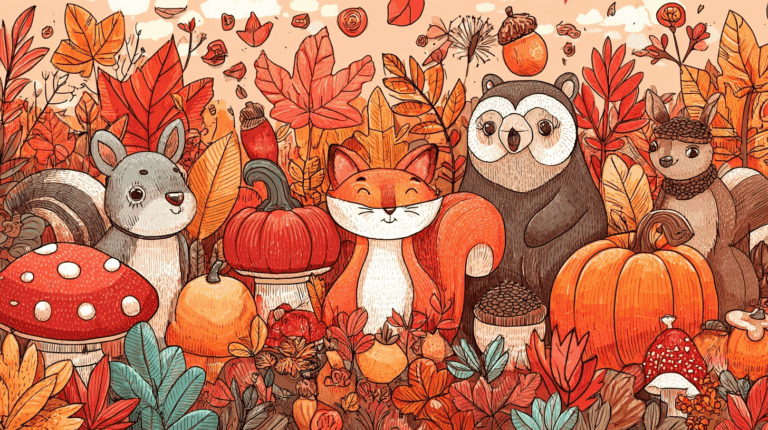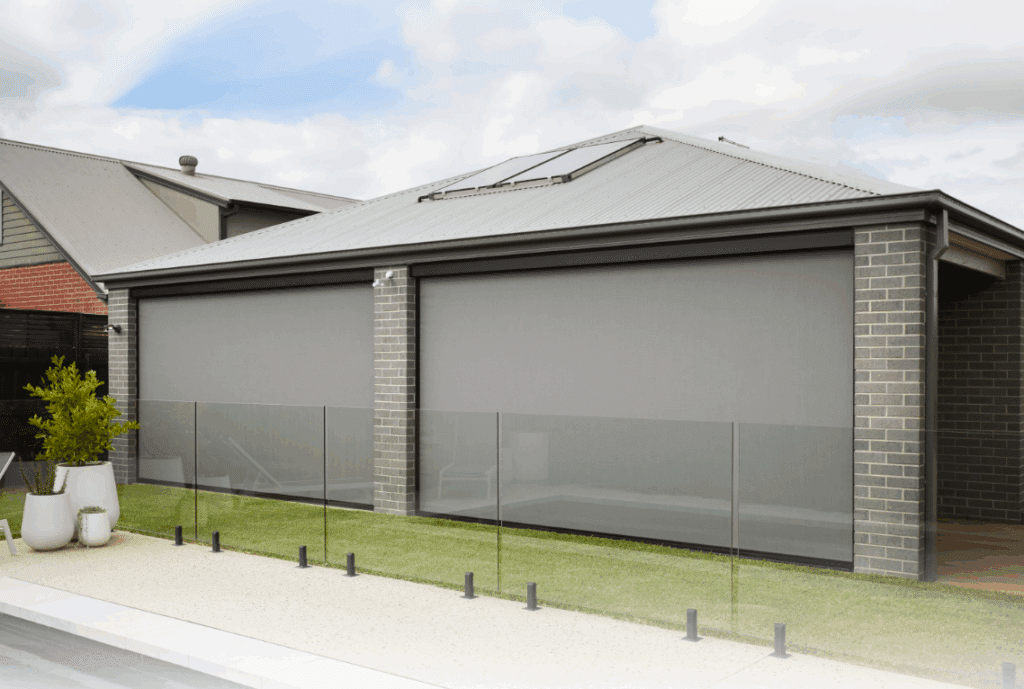Have you ever seen tiny black dots floating in pond water that magically turn into hopping frogs?
Kids often wonder how this incredible change happens, and the life cycle of a frog for kids is one of nature’s most exciting stories to tell.
The changes take months and involve growing legs, losing tails, and switching from breathing underwater to breathing air.
Let’s find out about each stage of this incredible process together.
The Frog Life Cycle Explained Step-by-Step
The life cycle of a frog for kids is one of nature’s most interesting changes. Let’s look at each stage to see how a tiny egg becomes a hopping frog.
Stage 1: Egg – Floating Jelly Blobs
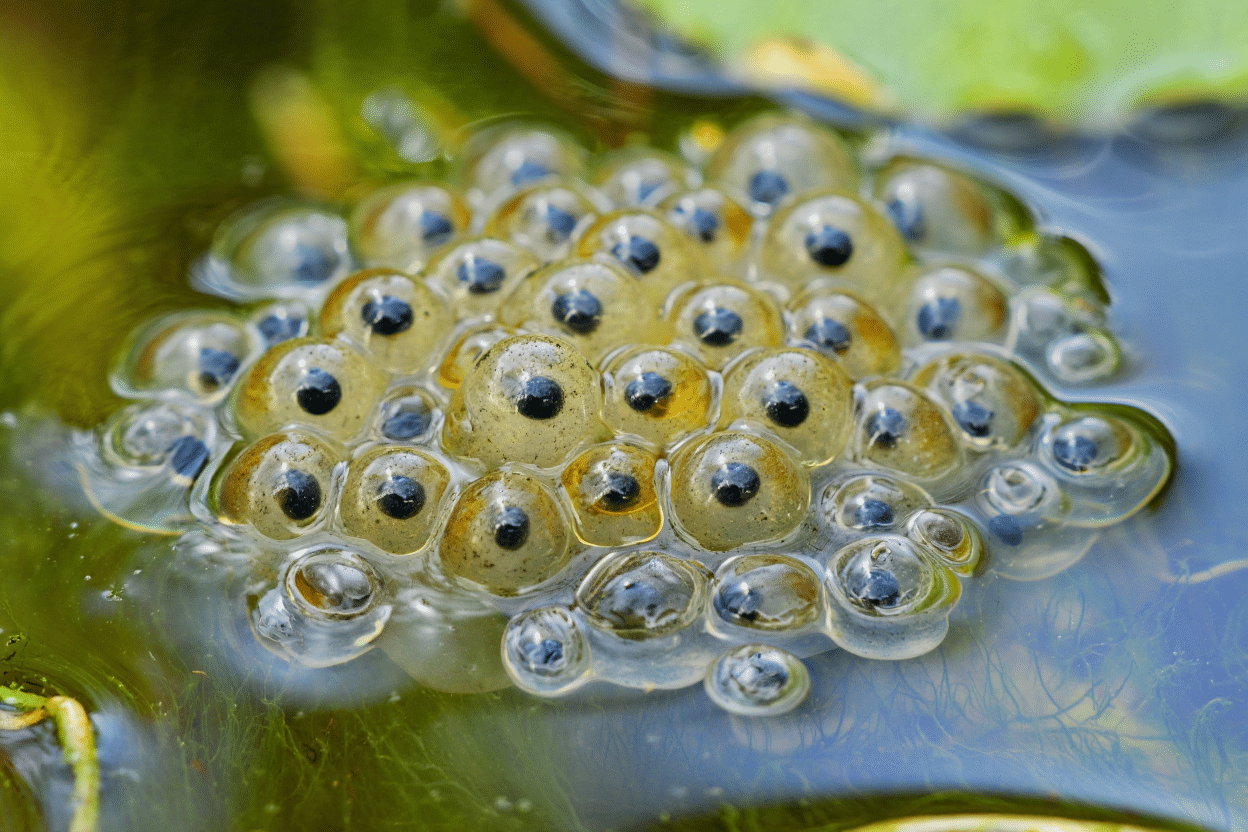
Adult frogs lay hundreds of tiny eggs in shallow pond water during early spring. These eggs stick together in groups called frogspawn, which look like clear jelly blobs floating near plants.
Each egg starts as a tiny black dot surrounded by jelly. Over 1-3 weeks, the baby frog inside grows and becomes comma-shaped as its tail begins to form.
Fun Fact: Frog eggs look different from toad eggs! Frogs make round clusters while toads create long ribbons of eggs.
Stage 2: Tadpole – Wiggly Swimmers with Tails
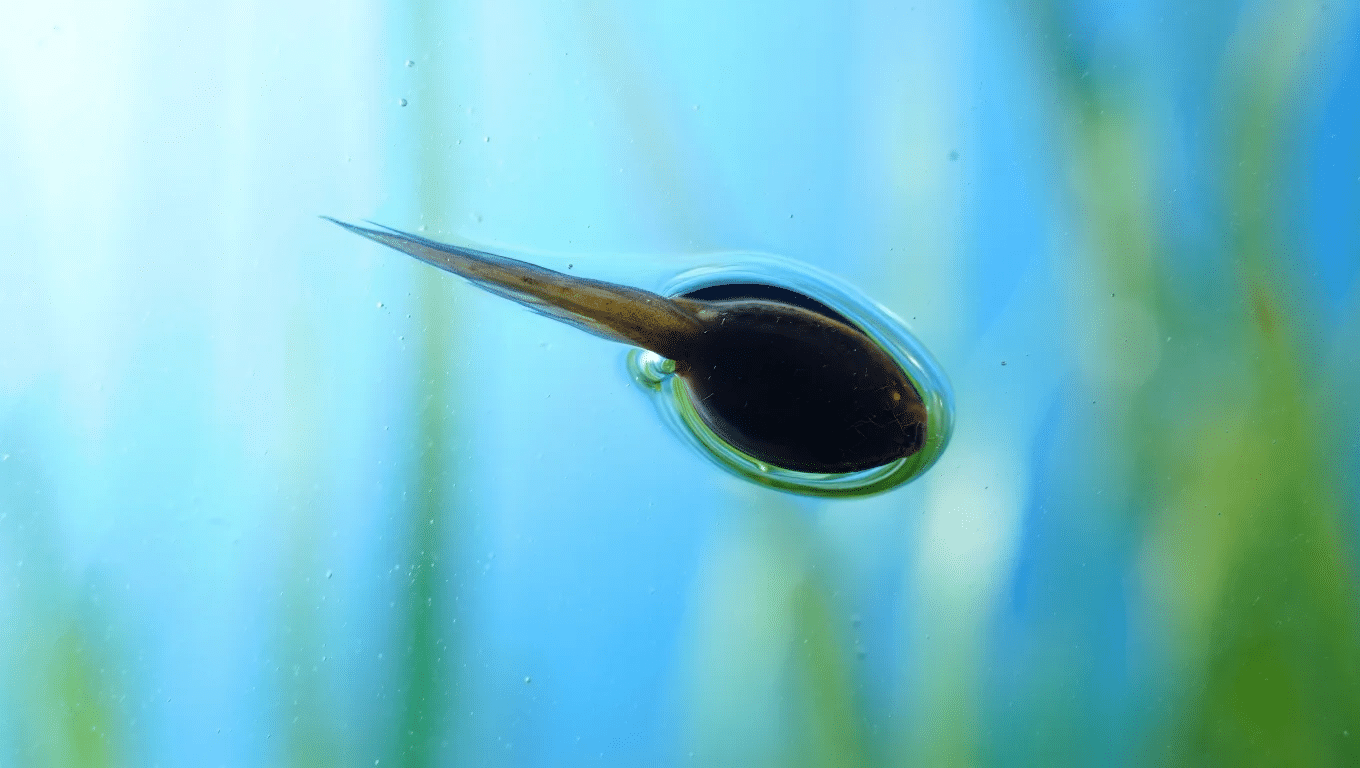
After hatching, baby frogs are called tadpoles. They have gills for breathing underwater, a mouth, and a long tail for swimming. Tadpoles can’t go on land at all – they’re stuck in the water!
For the first week, tadpoles don’t move much because they’re still eating leftover yolk from their egg. Then they start munching on water plants and tiny bits of vegetation.
Fun Fact: Tadpoles breathe through gills just like fish do! They’re also called frog larvae, similar to how caterpillars are butterfly larvae.
Stage 3: Tadpole with Legs – Growing New Parts

Around 14 weeks after hatching, something exciting happens. Back legs start growing first, then front legs appear too! But the tadpole still keeps its tail for swimming.
During this time, the tadpole’s body starts changing shape. It can now begin eating small insects instead of just plants.
For more details and activities, visit our blog, From Tadpoles to Frogs: A Kid-Friendly Guide to Pond Life.
Stage 4: Froglet
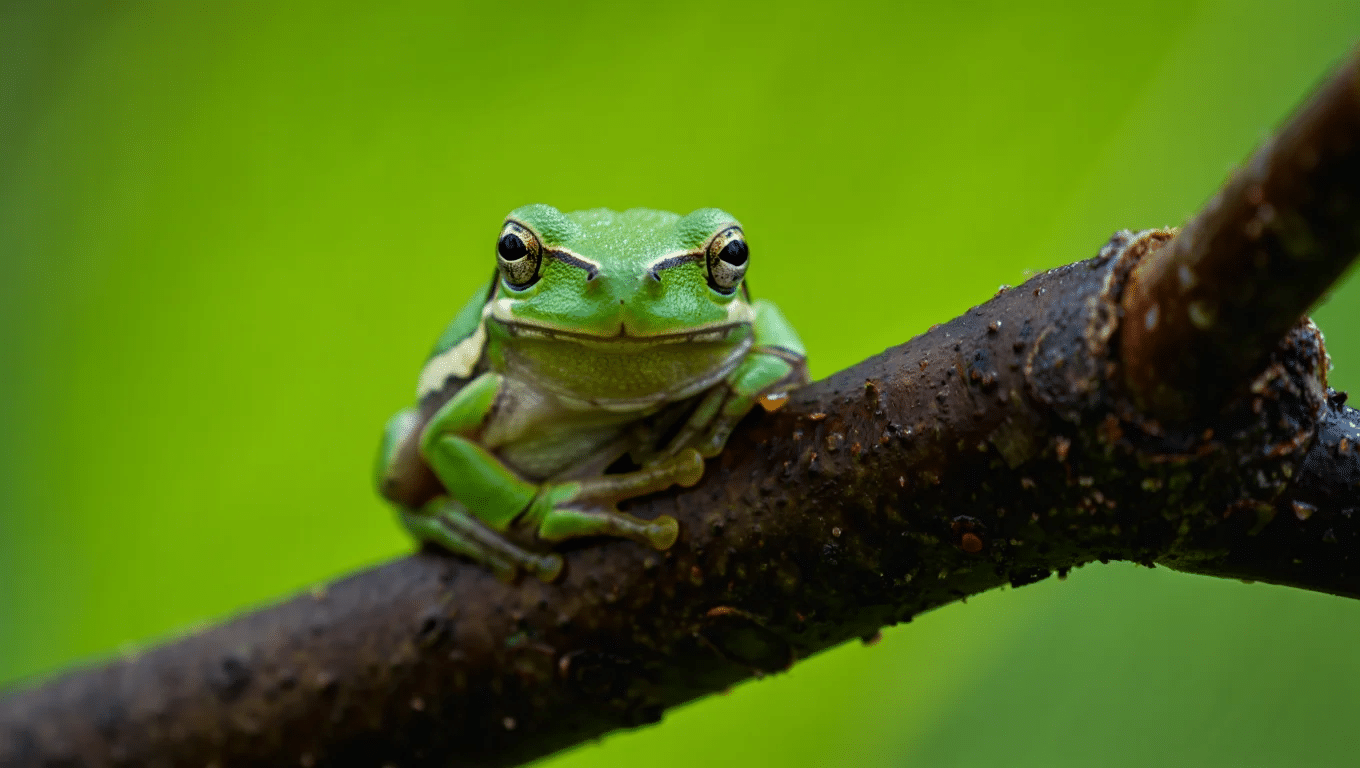
Now the tadpole looks more like a tiny frog with a shrinking tail. Its gills get covered by skin as lungs and eardrums develop. This prepares it for breathing air instead of water.
The tail keeps getting smaller and smaller until it disappears completely. This stage happens pretty quickly!
Fun Fact: The final change from tadpole to frog happens in just 24 hours during one big push!
Stage 5: Adult Frog – Ready to Hop!
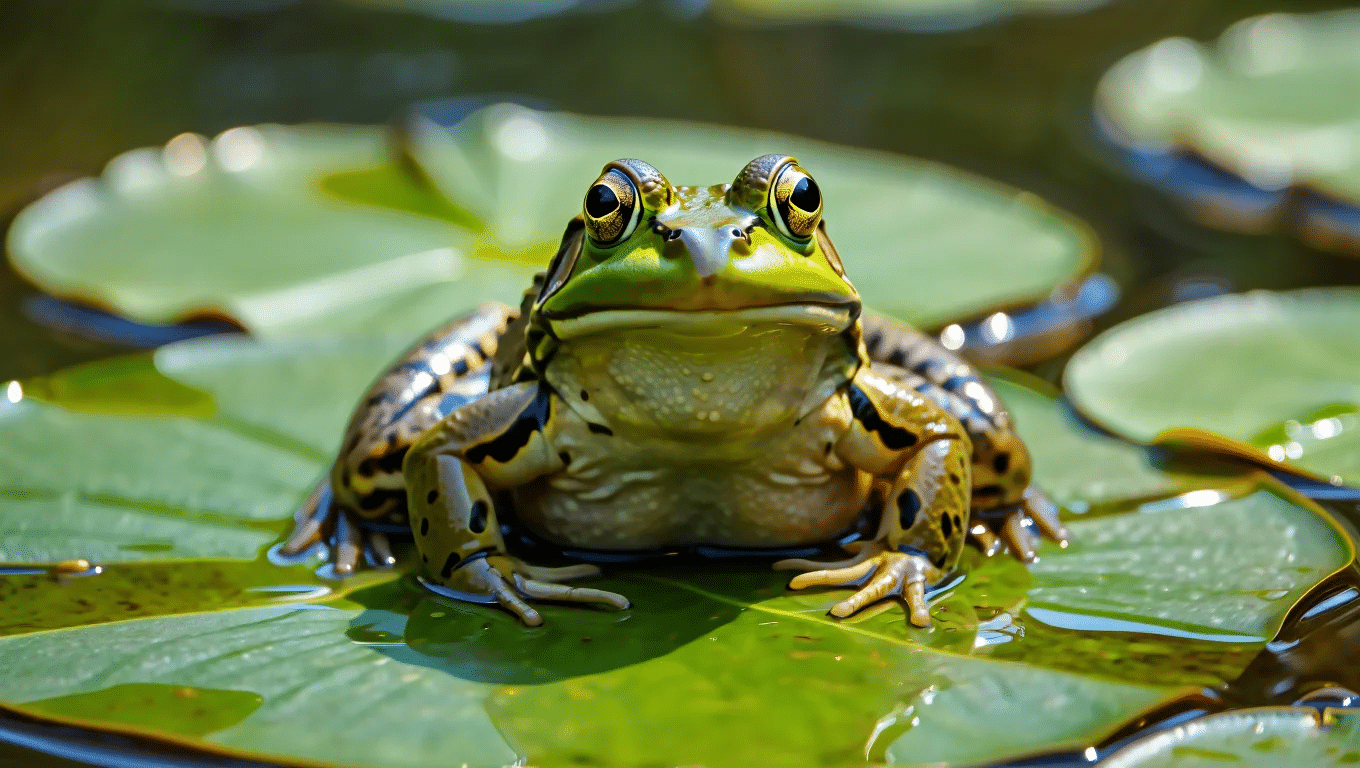
Finally, the baby frog emerges from water as a tiny adult. It can now live on land as long as it stays in shady, moist places. Adult frogs often return to ponds for swimming and eventually laying their own eggs.
The life cycle of a frog for kids shows how one animal can live in water and on land during different parts of its life.
Why Frogs Matter: Tiny Hoppers with a Big Job
Frogs might be small, but they do important work in nature. These little creatures help keep our world balanced and healthy in several key ways.
Nature’s Bug Zappers
Frogs are like living bug zappers that work 24/7! They help control pesky insects that bother people and damage plants.
Key benefits of frog pest control:
- A single frog eats thousands of insects each year
- They munch on mosquitoes, flies, and beetles
- Natural bug control means fewer chemicals needed
- Backyards with frogs have fewer biting insects
Without frogs around, we’d be dealing with way more buzzing, biting bugs during outdoor activities.
Important Players in Nature’s Food Web
Frogs sit right in the middle of nature’s food web, connecting different parts of the ecosystem.
| Aspect | Details |
|---|---|
| What Frogs Eat | Insects, worms, and small creatures |
| What Eat Frogs | Birds, snakes, fish, and larger animals |
| When Frogs Disappear | Both ends of the food chain are affected |
| Impact | Animals lose food sources or face too many pests |
| Role | Nature’s middlemen – keeping everything connected and balanced |
Living Water Quality Detectives
Frogs have super-sensitive skin that works like a natural water testing kit. Their skin absorbs whatever is in the water around them.
What frogs tell us about water health:
- Healthy frog populations = clean water
- Sick or missing frogs = water problems
Scientists use frogs as early warning systems When kids see lots of frogs in a pond, it’s usually a good sign that the water is clean and safe for other wildlife too.
Wrap Up
Learning about the life cycle of a frog for kids shows how nature creates incredible changes right in our backyards.
From tiny floating eggs to hopping adults, each stage plays an important role in keeping our environment healthy.
These small creatures control bugs, clean our water, and feed other animals. The life cycle of a frog for kids proves that even the smallest animals have big jobs in nature.


